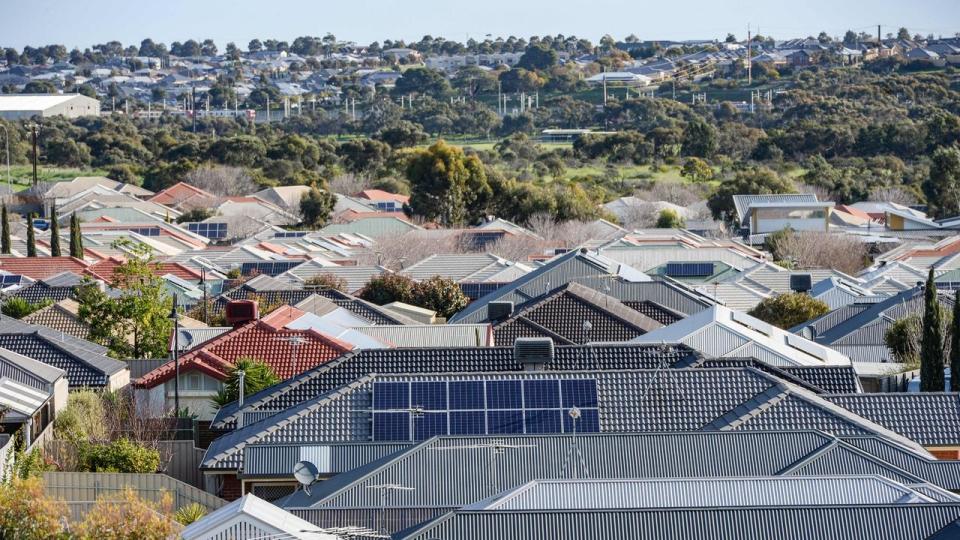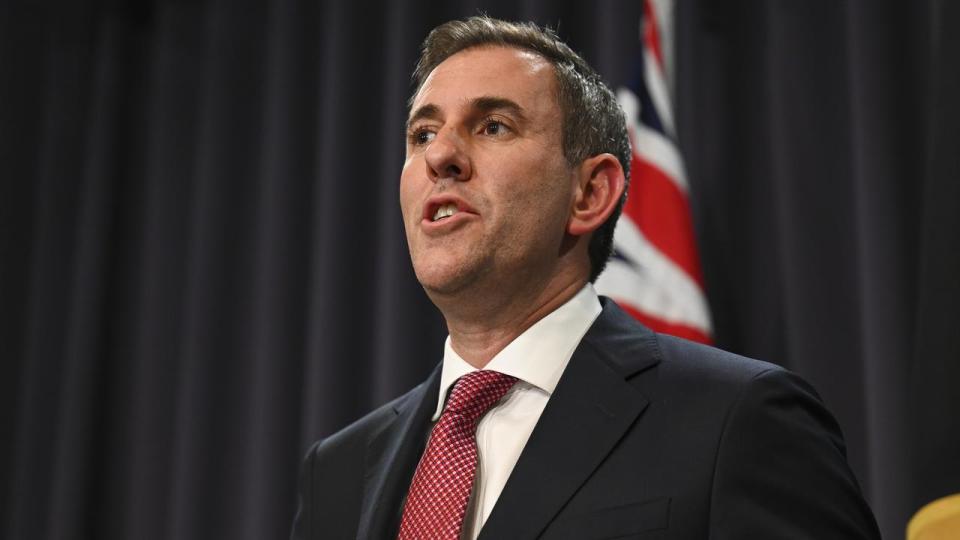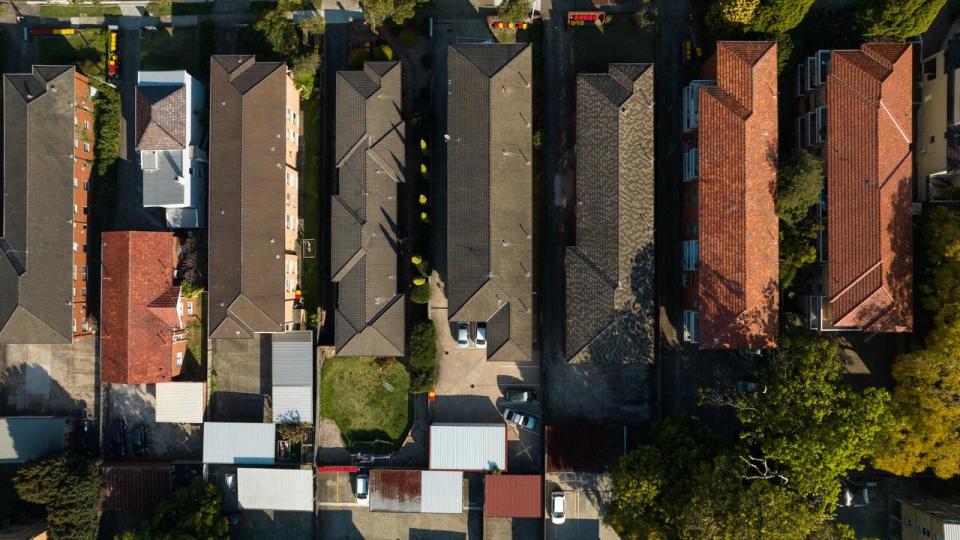Australia’s recession fears grow

Household spending ground to a halt in the September quarter as high inflation, a surge in mortgage repayments and a soaring income tax take took their toll on consumers.
The Australian economy expanded just 0.2 per cent in the September quarter, however annual growth held at 2.1 per cent, due to upwardly revised results for the second half of 2022, according to the Australian Bureau of Statistics on Wednesday.
But after taking into account the recent surge in the nation’s population which bolstered economic growth, output per person has slid since March.
Economic activity per person crashed 0.5 per cent in the three months to September, which followed a fall of 0.1 per cent in the June quarter.
Reacting to the figures, Treasurer Jim Chalmers said the softening of household consumption wasn’t surprising.

“We know that people are doing it very tough because of (higher) interest rates and international uncertainty but we are more broadly making welcomed and encouraging progress even as our economy slows in expected ways,” Dr Chalmers told reporters in Canberra.
The quarterly result fell short of economists’ expectations, with consensus forecasts anticipating a 0.4 per cent increase in the three months to September.
“Government spending and capital investment were the main drivers of GDP growth this quarter,” Katherine Keenan, ABS head of National Accounts said in a statement.
“Household spending was flat in the September quarter.”
Ahead of the festive season, the flow of household’s income distributed to household savings fell to 1.1 per cent – its lowest level since 2007 - after falling for 8 consecutive quarters.

“The removal of the $1500 Low and Middle Income Tax Offset in the 2022-23 financial year meant many households had a higher income tax bill this quarter, which has contributed to the fall in the household saving ratio,” Ms Keenan said.
Higher in interest rates, adding to households' borrowing costs, and inflation – which rebounded to 5.6 per cent in the September quarter – also weighed on the proportion of income diverted to savings.
GDP per hours worked, a measure of labour productivity, fell 2.1 per cent in the year to September, slightly less than the 3.6 per cent decline posted in the 2022-23 financial year.

 Yahoo Finance
Yahoo Finance 